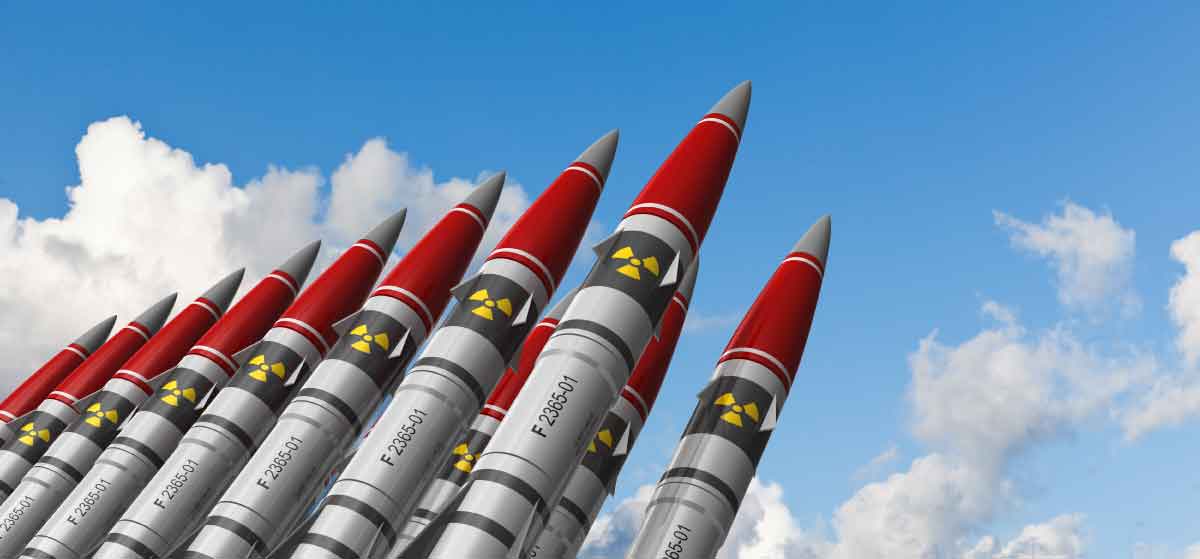The Nuclear Threat
While it has been more than twenty years since the end of the Cold War, the existence of thousands of nuclear weapons continues to pose a serious global threat.
Despite progress, the nuclear threat is more complex and unpredictable than ever.
On this page:
If a nuclear weapon exploded in a major city, the blast center would be hotter than the surface of the sun; tornado-strength winds would spread the flames; and a million or more people could die. Survivors would have no electricity, no transportation, no phones—and hospitals would be overwhelmed … if they were still standing.
Today, nine countries-China, India, Israel, France, North Korea, Russia, the United Kingdom and the United States—hold nearly 16,000 nuclear weapons. That’s enough to destroy the planet hundreds of times over.
While it has been more than twenty years since the end of the Cold War, the existence of thousands of nuclear weapons continues to pose a serious global threat. The likelihood of a nuclear war between the United States and Russia has decreased, but the continued presence of large stockpiles makes the accidental or unauthorized use of nuclear weapons a persistent risk. Many of the countries with smaller nuclear arsenals, such as India and Pakistan, are actively engaged in regional conflicts, making the possibility of regional nuclear war a concern. North Korea illicitly acquired nuclear weapons, and other countries, including Syria, have violated their nuclear safeguards commitments and are suspected of covertly pursuing nuclear weapons capabilities.
Two countries—the United States and Russia—hold the vast majority of the world’s nuclear weapons. The former Cold War foes account for 93 percent of the total global stockpile. And more than two decades after the end of the Cold War, the two countries still keep nearly 2,000 nuclear weapons on high alert, ready for immediate launch against each other. That leaves both countries too vulnerable to nuclear launch by accident, miscalculation or even cyber attack.
